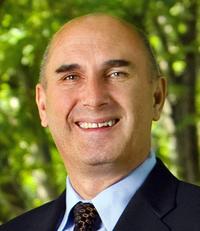 It’s bad enough that
High Fructose Corn Syrup (HFCS) makes you fat
with resulting diabetes, high blood pressure, coronary artery disease,
and cancer.
Now Maggie Fox reports in Reuters that
Cancer cells slurp up fructose, US study finds:
It’s bad enough that
High Fructose Corn Syrup (HFCS) makes you fat
with resulting diabetes, high blood pressure, coronary artery disease,
and cancer.
Now Maggie Fox reports in Reuters that
Cancer cells slurp up fructose, US study finds:
Aug 2 (Reuters) – Pancreatic tumor cells use fructose to divide and proliferate, U.S. researchers said on Monday in a study that challenges the common wisdom that all sugars are the same.Tumor cells fed both glucose and fructose used the two sugars in two different ways, the team at the University of California Los Angeles found.
They said their finding, published in the journal Cancer Research, may help explain other studies that have linked fructose intake with pancreatic cancer, one of the deadliest cancer types.
“These findings show that cancer cells can readily metabolize fructose to increase proliferation,” Dr. Anthony Heaney of UCLA’s Jonsson Cancer Center and colleagues wrote.
“They have major significance for cancer patients given dietary refined fructose consumption, and indicate that efforts to reduce refined fructose intake or inhibit fructose-mediated actions may disrupt cancer growth.”
Americans take in large amounts of fructose, mainly in high fructose corn syrup, a mix of fructose and glucose that is used in soft drinks, bread and a range of other foods.
How large amounts? Continue reading








